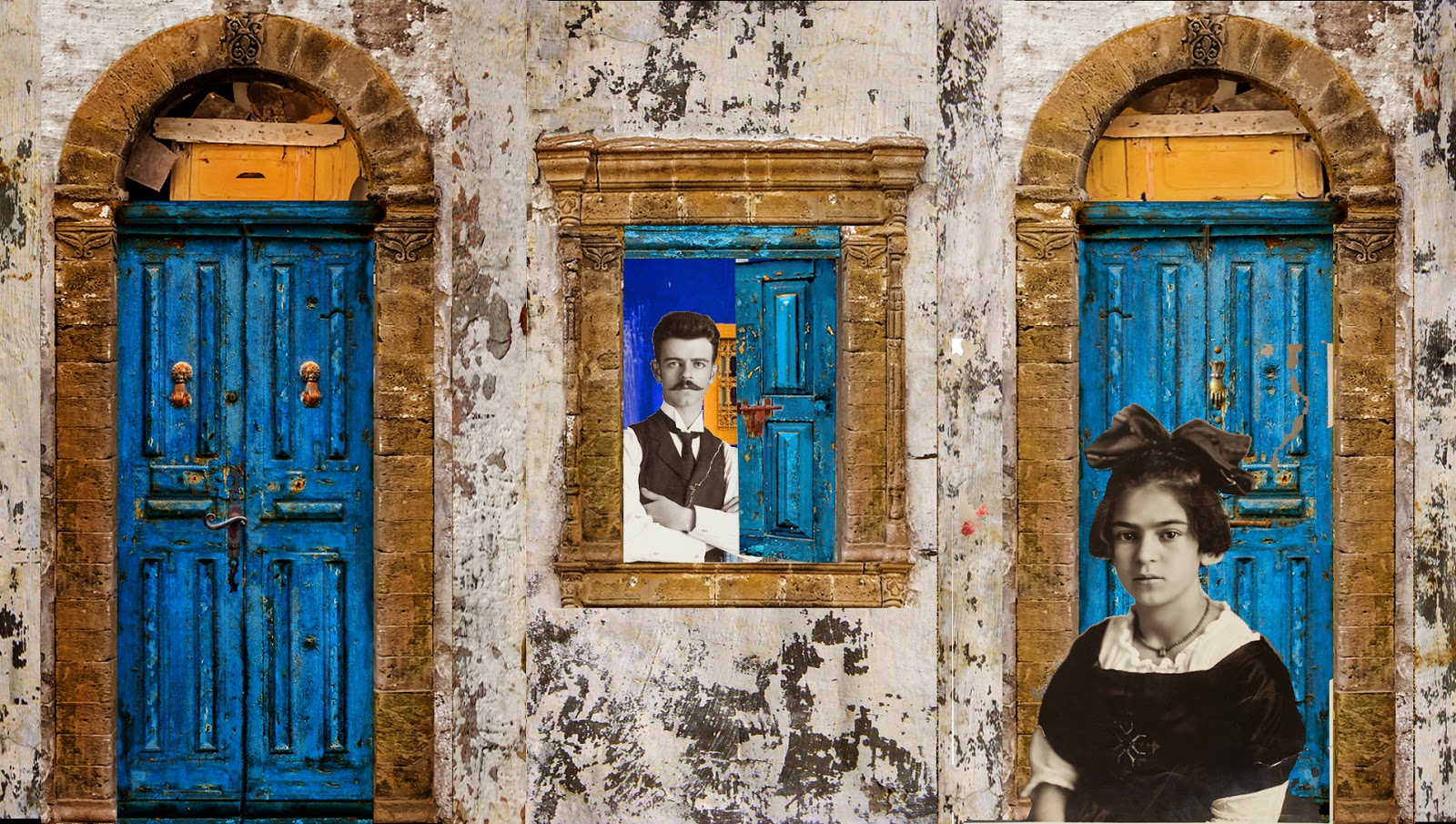I can see various props used in the show:
. An antique wood and cane wheelchair:
. A Large Wooden Easel:
. A Day of the Dead Altar on casters, in the shape of a stepped pyramid(reminiscent of the one Diego built in the courtyard at Casa Azul:
It could be made of lightweight boxes stacked on a 3ft X 8ft platform fitted with casters, so it can be moved within the set, and wheeled out of the way:
. A Bed that can serve as both a Hospital bed and Frida's bed: I can make a basic bed on casters that could be used both as a plain metal hospital bed, and as Frida's own bed once fitted with a wooden canopy and headboard. I have 4 x 10" legs with heavy casters (left over from my electric bed), that can be screwed under a 30" x 66" rectangular frame made of 1" square thin wall tubing with slats to hold a small foam mattress. It can be fitted with a basic tubing headboard and footboard, and a basic pulley, cable and weight traction system for the hospital scene:
The same basic bed frame can be fitted with four posters, a wooden headboard and footboard, a lightweight flat canopy with a mirror, and a "bed easel" contraption for the Home scenes:
. A Wooden Leg:
. A Leather and Steel Corset:
. Several plaster Casts:
I particularly like this one with the bright red Hammer and Sickle and the fetus, which she wore defiantly in her wheelchair:
I would like if possible to actually make a cast on stage at some point, or at least paint one live. We can make a fairly thin and flexible cast and cut it so it can be worn as a corset.
. An antique wood and cane wheelchair:
. A Large Wooden Easel:
. A Day of the Dead Altar on casters, in the shape of a stepped pyramid(reminiscent of the one Diego built in the courtyard at Casa Azul:
It could be made of lightweight boxes stacked on a 3ft X 8ft platform fitted with casters, so it can be moved within the set, and wheeled out of the way:
. A Bed that can serve as both a Hospital bed and Frida's bed: I can make a basic bed on casters that could be used both as a plain metal hospital bed, and as Frida's own bed once fitted with a wooden canopy and headboard. I have 4 x 10" legs with heavy casters (left over from my electric bed), that can be screwed under a 30" x 66" rectangular frame made of 1" square thin wall tubing with slats to hold a small foam mattress. It can be fitted with a basic tubing headboard and footboard, and a basic pulley, cable and weight traction system for the hospital scene:
The same basic bed frame can be fitted with four posters, a wooden headboard and footboard, a lightweight flat canopy with a mirror, and a "bed easel" contraption for the Home scenes:
. A Wooden Leg:
This is Frida's prosthesis:
That is a very similar one I already have:. A Leather and Steel Corset:
I particularly like this one with the bright red Hammer and Sickle and the fetus, which she wore defiantly in her wheelchair:
. Paper maché parts from an Antique Medical Model:
The heart looks very much like the ones Frida painted in "The Two Fridas", and actually opens:
The front of the model could be worn by Frida as an écorché body like the model in this drawing:
And as shown in this animation, the model has all the other organs in it: lungs, uterus, etc...


















































